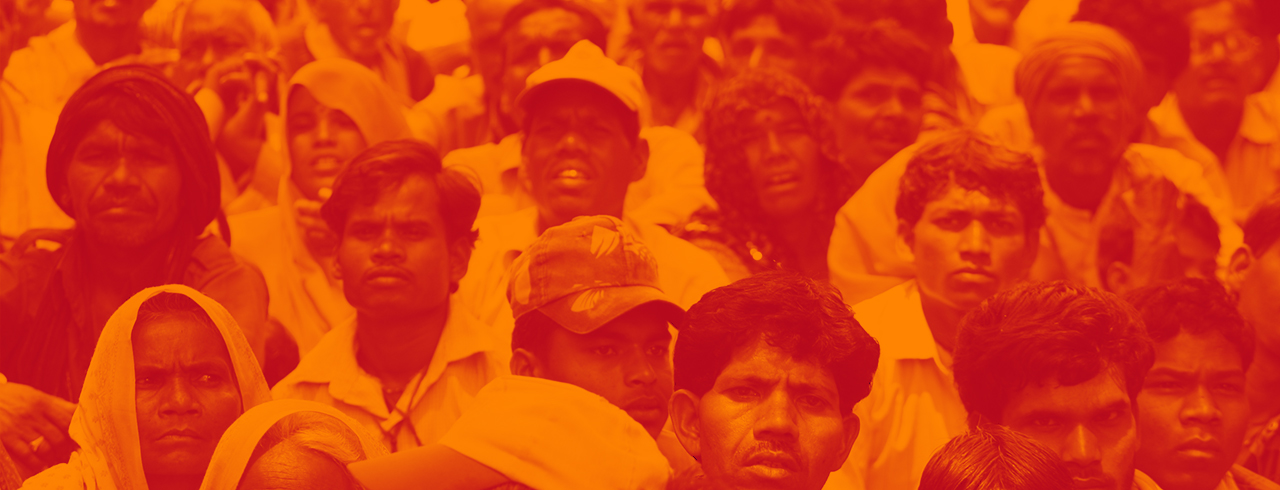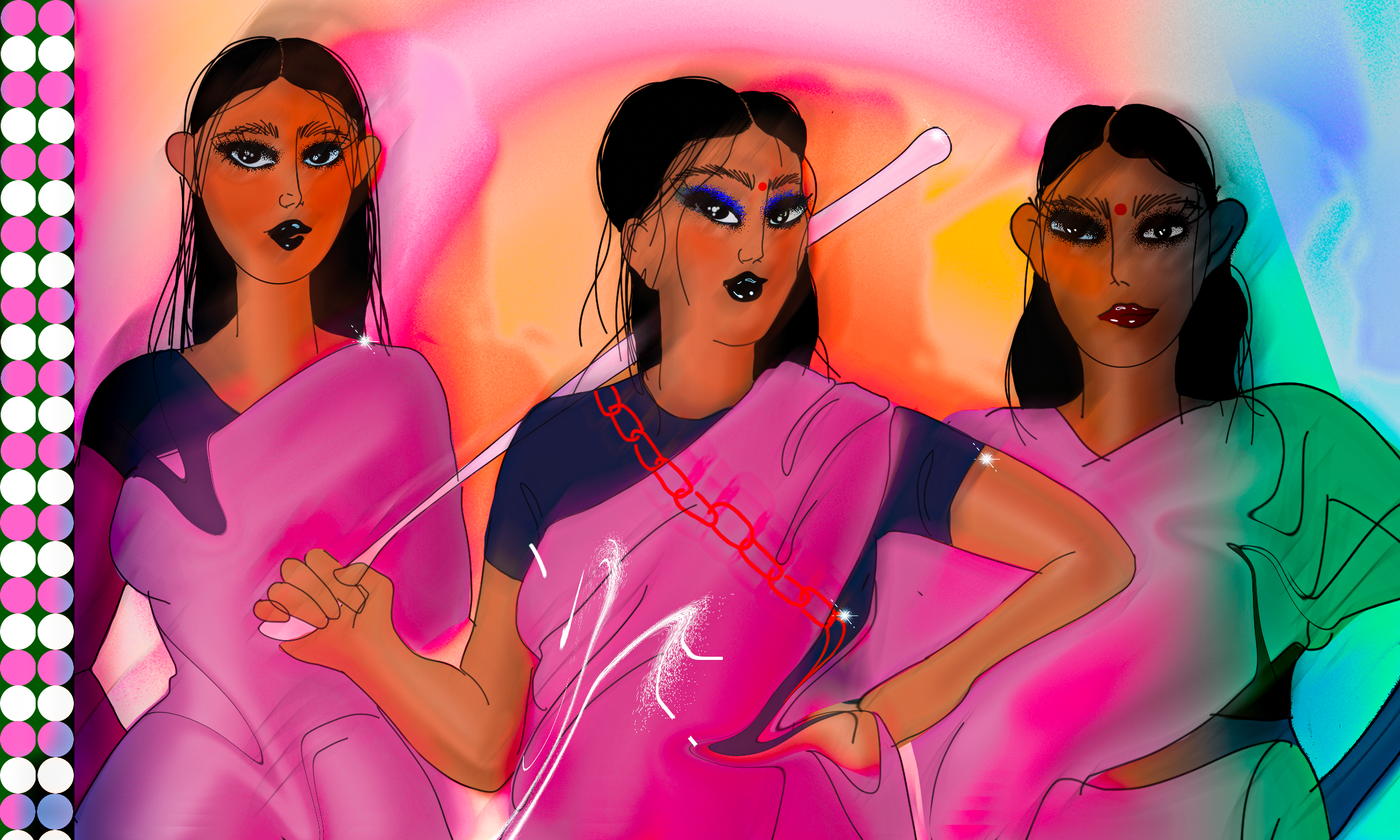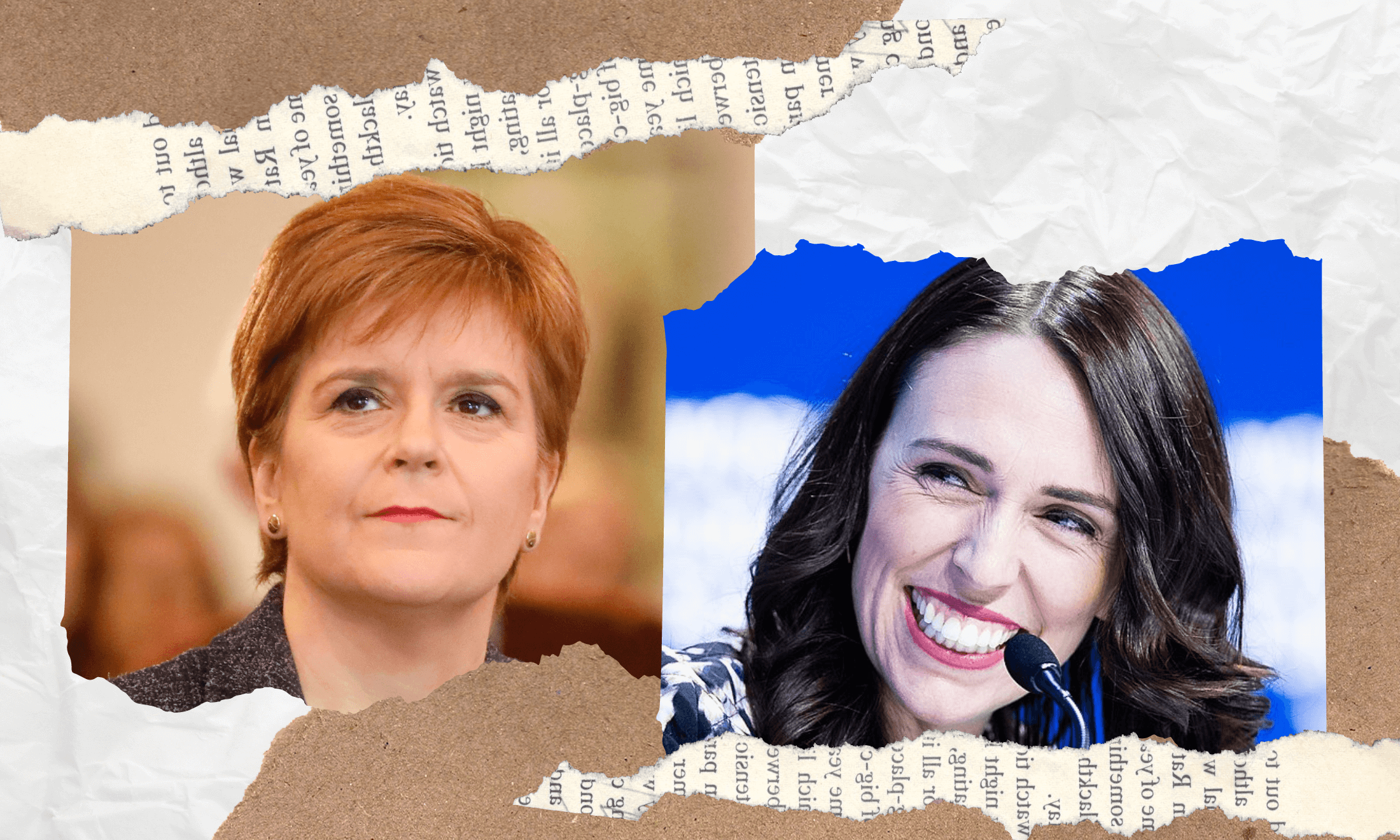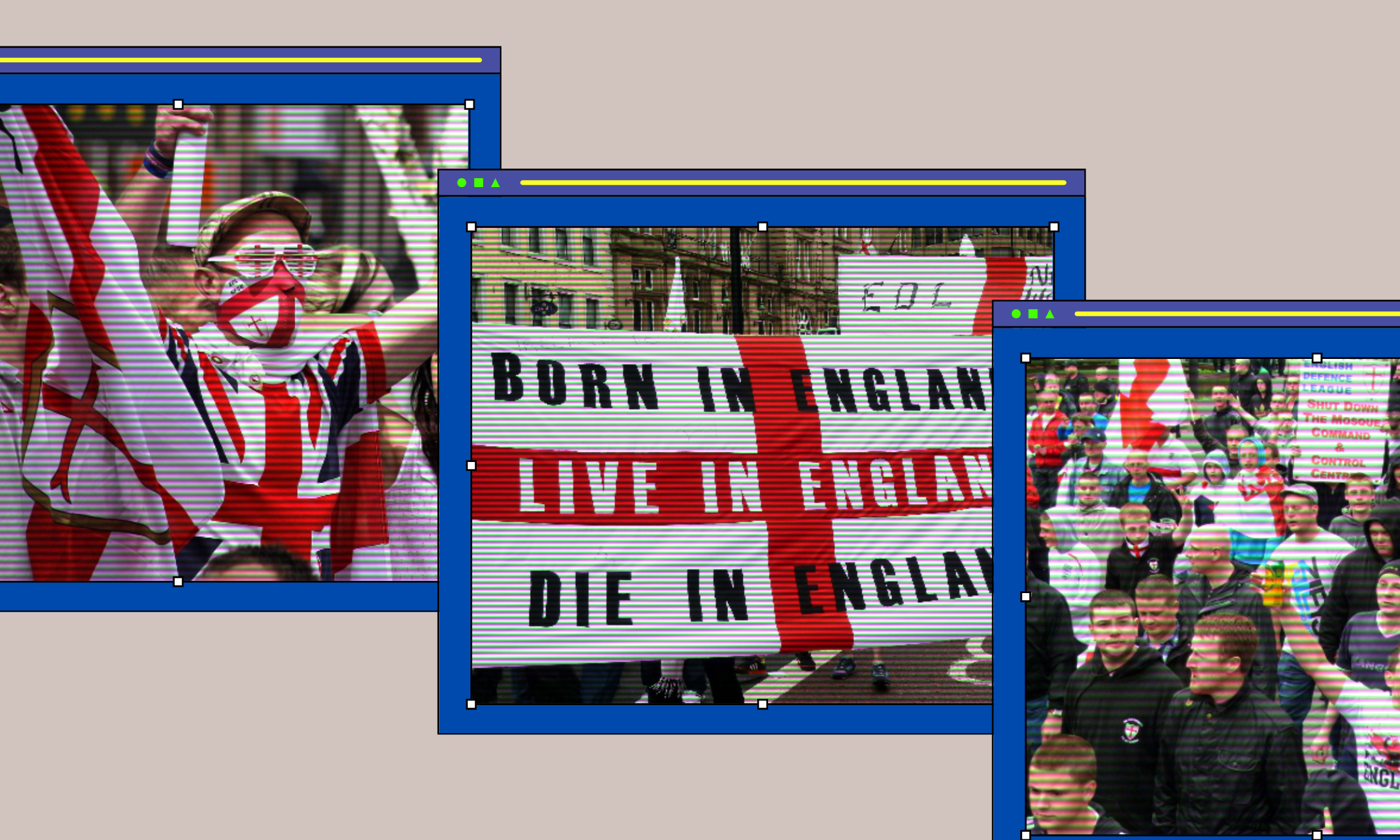
Photography via Flickr / Action Aid India
The Indian diaspora must have the difficult conversation about caste and Dalit lives
In the midst of campaigns against caste-based violence, the silence of the Indian diaspora is deafening.
Anugraha Sundaravelu
21 Oct 2020
Trigger Warning: This article contains mentions of sexual assault, physical violence and death.
It’s been a month since the shocking death of Manisha Valmiki, a 19-year-old Dalit woman, who was allegedly gang-raped and brutally assaulted by four upper-caste men in the northern Indian state of Uttar Pradesh. After she died, Valmiki’s body was forcibly cremated overnight by the district police without her family’s consent and now efforts are being made to erase the fact that a rape ever took place despite the evidence. While India is no stranger to cases of sexual assault, Valmiki being a Dalit woman brings to light the harsh reality of caste-based violence today – the incident highlights how India treats Dalits, denying them dignity and justice in life and in death.
This horrific state of affairs, augmented by police intimidation and upper-caste rallies in defence of the accused, has led to an outcry among the Dalit community demanding justice. Earlier this year, Dalit campaigners hoped recent conversations around structural racism would bolster the conversation around caste in India. The past few weeks have seen international #DalitLivesMatter protests spread across the world seeking justice and calling for an end to the violence against Dalits. It’s a movement that has been largely overlooked by the Indian diaspora.
“Unlike class, there is no provision for upward mobility; you live and die in it”
India’s almost 3000-year old caste system is a rigid hierarchy – your caste is something you’re born into and is impossible to alter by changing your social, financial or educational status. Unlike class, there is no provision for upward mobility; you live and die in it. The four varnas or categories of caste reference a community’s historical occupation, with Brahmins (priests) at the top, followed by Kshatriyas (warriors), Vaishyas (merchants) and Shudras (labourers). A fifth category of people are the Dalits (formerly known as “ untouchables”) who performed menial tasks like cleaning sewages, collecting garbage etc.
Untouchability is the practice of social ostracisation of Dalits mandated by the Manusmriti, traditionally the most authoritative of the books of the Hindu code in India. The Dalits’ presence is considered “polluting” to the upper-castes or savarnas. Close to 25% of India’s population of former “untouchables” self-identify as Dalit, meaning “oppressed”. For savarnas, intermingling with Dalits is frowned upon and intermarrying is forbidden; even the shadow of a Dalit person is considered “impure”. In India, 10 Dalit women are raped every day but the number could be much higher as most go unreported. Caste solidarity ensures that the police don’t register cases or take action against fellow upper-caste offenders, as policing in India is also casteist. Shockingly, 53% of all prisoners in India are Dalits, Muslims and people from tribes.
Dalits are confined to the margins of society, forced to take up sanitation and manual scavenging jobs despite reservations in educational and governmental institutions guaranteed by the Indian constitution as reparations for centuries of oppression. But even if they do make it to educational institutions, corporate structures or emigrate abroad, they are subject to discrimination and harassment by dominant castes leading to their institutional murders.
“Caste is an issue that spans beyond India’s borders, with Indian immigrants always carrying it with them”
Although caste-based discrimination was outlawed in 1950, institutional casteism is still a reality in modern day India. A perfect example could be seen on the popular Netflix show Indian Matchmaking. When people said they were looking for someone from a “similar background”, that was code for “similar caste”.
In India, Dalits make up the majority of the population, while upper-caste Brahmins make up only 5%, and occupy all positions of power in the Indian judiciary, education, government and media. Centuries of oppression prevented Dalits from owning land, entering temples or pursuing education. Untouchability is still prevalent practice and upper-caste men use rape as a tool to suppress the Dalit community to “show them their place”.
Caste is an issue that spans beyond India’s borders, with Indian immigrants always carrying it with them. Reports of Silicon Valley’s caste problem and the UK backing out of a law against caste discrimination shows casteism in the diaspora is alive and well. A report found that around 50% of UK-based Dalits have experienced some form of caste-based discrimination like upper-caste people refusing to work for them or being called casteist slurs.
With so much evidence that casteism is alive and well, it’s extremely disappointing that Indian origin celebrities like Priyanka Chopra Jonas and Mindy Kaling, who are normally vocal about feminism and racism, have never addressed casteism. While it’s encouraging to see diaspora Indians address anti-Blackness in our communities in response to the BLM movement, to ignore the casteist roots of anti-Blackness is insincere. The reason fair skin is considered ideal among South Asians is that it’s associated with upper-caste people.
“Indians have often been seen as the model minority abroad, but caste is an issue that’s not openly discussed within the diaspora”
With Britain having the most “Indian-looking” cabinet in its history, it’s pertinent to examine the origins of these individuals who hold such power. Both Priti Patel and Alok Sharma’s last names point to belonging to upper-castes. And following his appointment, Indians were already looking up Rishi Sunak’s caste. Notably, he’s married to the daughter of Indian billionaire businessman Narayan Murty, an upper-caste Brahmin. Across the pond, Kamala Harris’ US vice-presidential nomination has also become a matter of pride for Indians while her mother’s upper-caste privilege in leaving India and being able to pursue the “American Dream” is ignored.
Indians have often been seen as the model minority abroad, but caste is an issue that’s not openly discussed within the diaspora. It’s usually caste privilege that allows people to leave India, so many Indian immigrants, while benefiting from affirmative action legislation in the West, look down upon Dalits who earn any upward mobility by availing affirmative action back home. Most of the Indian diaspora, raised in bubbles of caste privilege, will deny its existence or explain it as a “British import”, but colonisation only solidified a problem that already existed.
While there’s no simple solution to casteism, the diaspora can still work on being better allies. The first step is to recognise caste privilege; examining our social circles will give a pretty good idea if we have an unconscious bias. Secondly, educating ourselves on caste issues and using our privilege to call out casteism within our families and communities is crucial. It’s not just Dalits, but also other lower-caste groups and people from tribes such as the Bahujans and Adivasi that suffer. Lastly, listening to and amplifying Dalit voices is the most helpful thing we can do for the movement.
While some of us might not consider ourselves casteist, as a community, our collective silence is equal to violence. Since Manisha Valmiki, many more Dalit have lost their lives to caste violence and institutional casteism. The Indian diaspora must amplify #DalitLivesMatter because casteism is a part of our history that we need to reckon with and remedy.

Britain’s policing was built on racism. Abolition is unavoidable

How Pakistan’s Khwaja Sira and transgender communities are fearing and fighting for their futures

Their anti-rape performance went viral globally. Now what?





